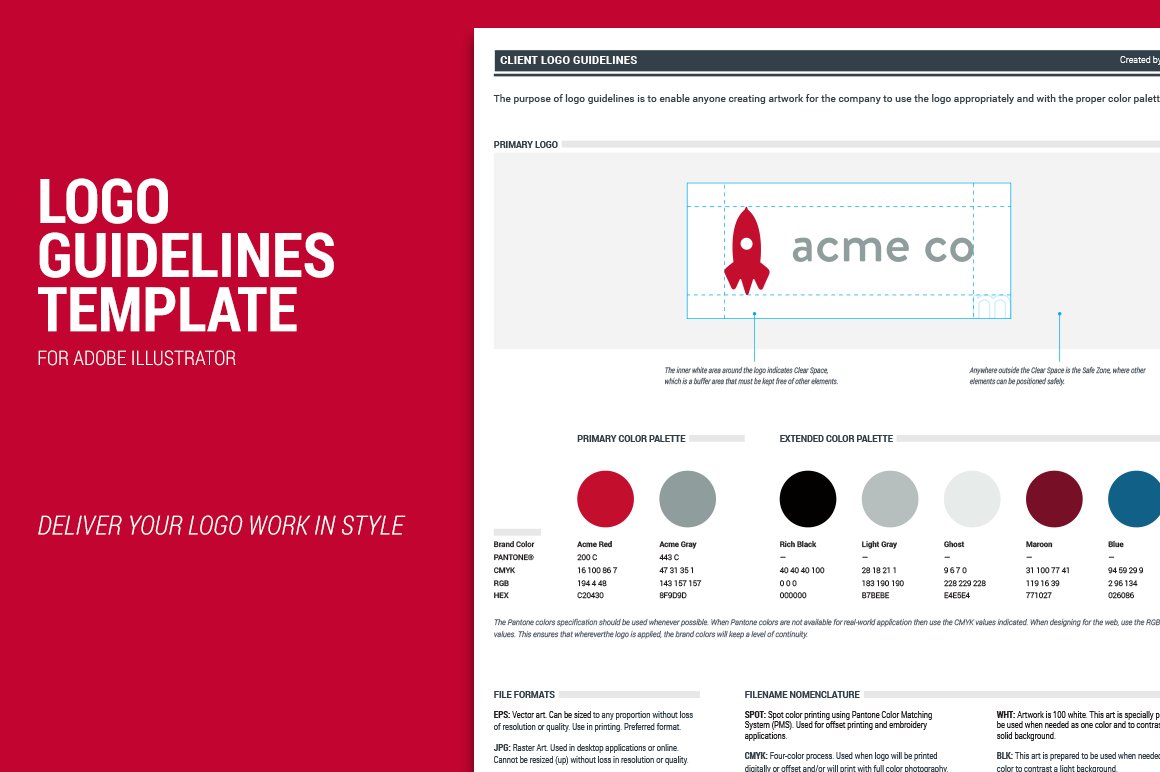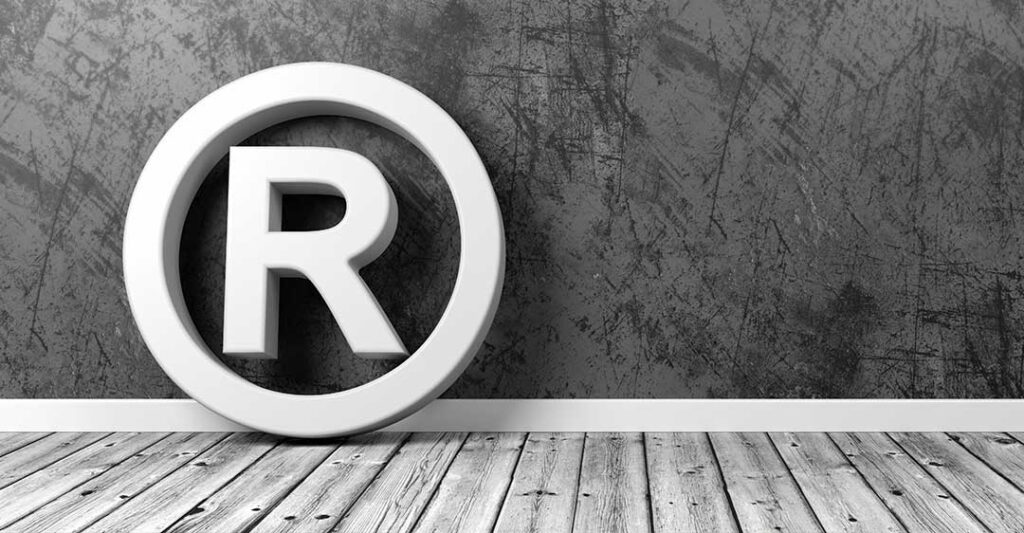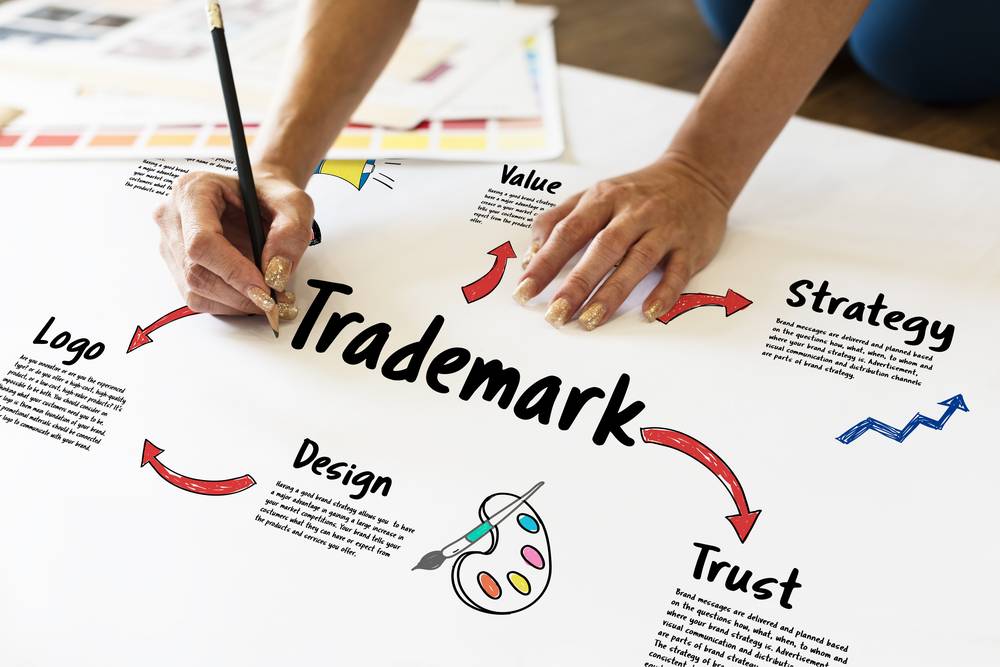What is a Brand Guide, How to Create One and Why You Need It for Your Business?

Many companies are brand on their own. Without the notion of being a brand, a company will not exist to its fullest potential. People are brands in themselves as well and anything that is a unique concept and has its one style, or identity is considered a brand.
The formal explanation of a brand can be found on this link, but to put it simply, the term itself refers to a marketing concept or a company that helps its audience to recognize and relate to it. In other words, it is almost like its personality. It provides vast value to the business as well as the individuals that work in it and run the services.
Because it is such a unique concept to each exclusive business, the primary goal of each establishment, once they set up their brand and its guidelines it to acquire a trademark to protect it, so no one can steal it and use it as their own.
What Brand Guidelines Are
The clearly defined standards or guides i.e. rules that are put together to create your brand and that represent it are known as brand guidelines. These are put into place to demonstrate what the business does, who they are and what they stand for. It also ensures a consistent establishment that uses these guidelines throughout all departments, services or goods.
A product is an immaterial benefit that will aid people to classify yours as a particular type of trade. This is particularly true when corporations need to separate theirs from a similar one on the market, such as those that are generic. Sometimes you can give your by-product a different name to set it apart from the bigger product or service, and this is known as brand equity.
A brand is not necessarily just the logo or the slogan, but rather is part of the overall brand. Logos, for example, help to identify the business, and slogans help to promote their services and products. These and other aspects are often used together to bring the puzzle together and which differentiates it from its competitors.

As one of the most valuable aspects of any business, it is important to put this in place from the start. One popular example would be that of Coca-Cola. The drink and the company have a strong identity and one that can be recognized anywhere in the world. it carries not only a brilliant marketing strategy but also valuable monetary value for the company as well as its consumers and shareholders.
Everything from its logo, to its slogan, and even the sound a can makes when you open it, are synonymous to Coca-Cola and all its products, which can be found on their website https://www.coca-cola.co.uk/brands
It typically reflects how the brand will look and the message it gives its customers and shareholders, no matter if it is a B2B or a B2C business. It is essential to have this when setting up a business or even if you have been running yours for years. If you are not aware of how to come up with one, the below guide can help you.
Protecting your brand is one of the most important things to invest in and a legal requirement in most cases. This is where a trademark comes in. We will discuss this further below. But first, how to put one together.
The Ingredients of a Robust Brand Guideline
There are a few things that will make up your brand guidelines they will not necessarily follow a strict method and will depend on your particular needs and specifications. Some of the main ones are included below:
- Material about your brand’s mission, values, history and vision
- Elements of design and icons, photographs and imagery to be used
- A color palette consisting of CMYK and RGB colors, which will be the primary and secondary colors you would use throughout the products or services in all its marketing collateral for example the logo, the contexts, font, font size, how and where it should appear
- Rules on the use of grammar and tone of voice
- Both digital and print guidelines
- The design will also be reflected on stationery items such as pens, letterheads, and business cards

Why You Need a Trademark
Now for the legal part. As mentioned above, it is a necessary precaution to take if you want to protect your establishment and all the hard work you have put into it, via the use of a trademark. As a valuable business asset, there are numerous things that you can trademark.
For example, your business name, logo and anything that will help your customers identify you. If it distinguishes your service or product from a competitor it can for the most part be trademarked, even sounds and shapes are included.
The list below includes what you can register:
- Multimedia
- Pattern
- Motion
- Logo
- Hologram
- Word
- Shape
- Logo
- Color (combination or a single one)
- Color (combination)
- Sound
The general rule of thumb is that it needs to be unique and have no similarities with any other that already exists. Another thing to add is your trademark, which cannot be a descriptive phrase such as your drink brand is ‘ice cold’ for instance as it doesn’t say much about your item. It is also not allowed to name something as close as possible to an existing brand, such as Nike, because it is very similar to the famous shoe brand Nike.

There are instances where people still copy competitors’ items and if you register your business name or have a domain under the same name, it does not give you the legal right to fully own it or for someone to steal your idea.
However, registering it as a trademark can help with this from happening and you can take legal action against it, such as the pointers mentioned in this article and everything from your name to the approved brand guidelines and more, need to be included in the registration.
Not registering the entirety of your business including all the small and big things, can cost you a lot of money in court battles and can be time-consuming as well, which means loss of business and reputation.
Getting the support of experts is the key action to take here, once you set up your company, and doing it as early as possible will avoid a lot of hassles later when you find out someone may already own the same brand. In many cases, the more popular you become with your customers, the less likely it is for someone to copy you, however, taking the right measures from the get-go is your legal duty when setting up a new business or upgrading your existing one.





































No comments